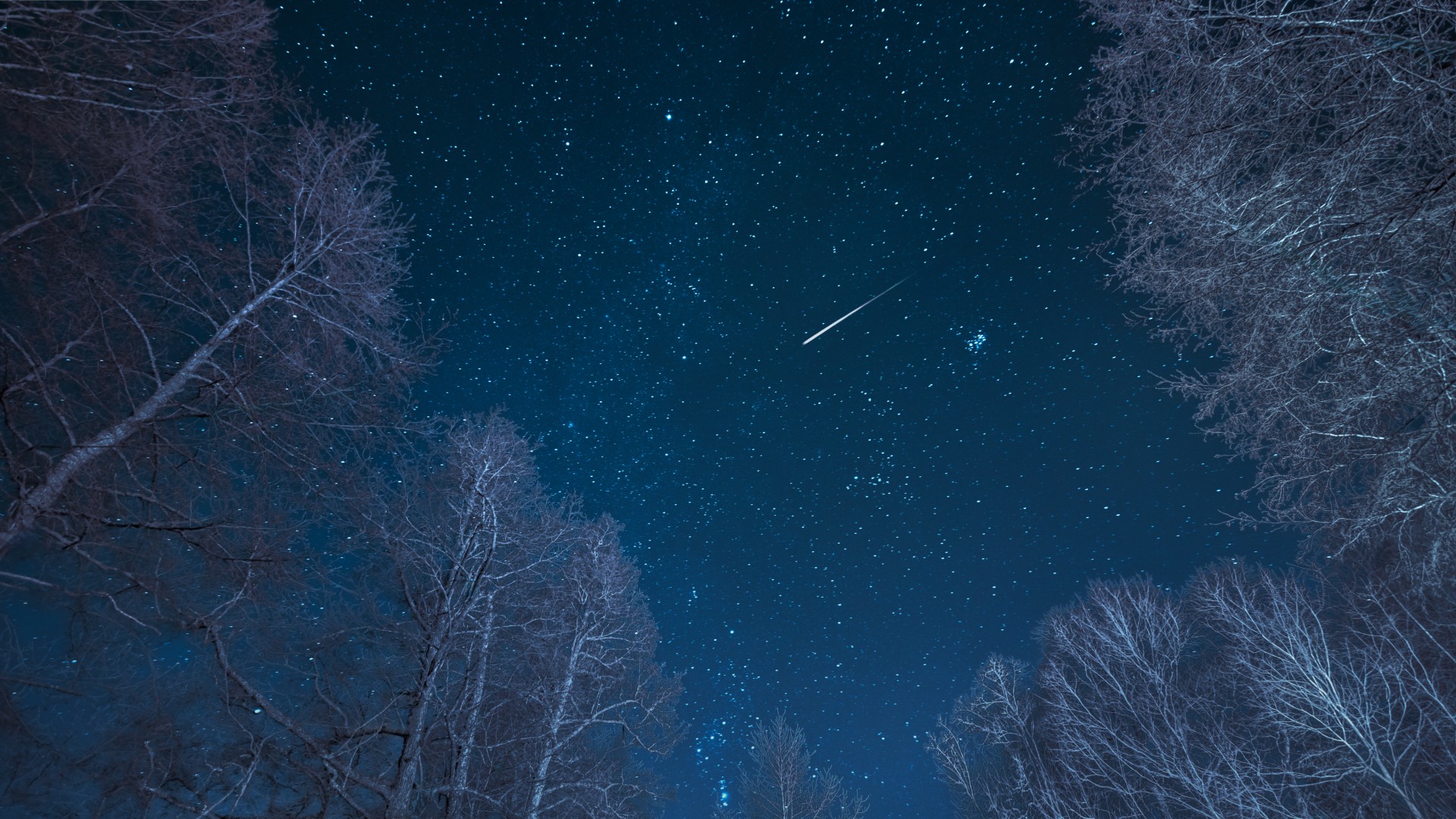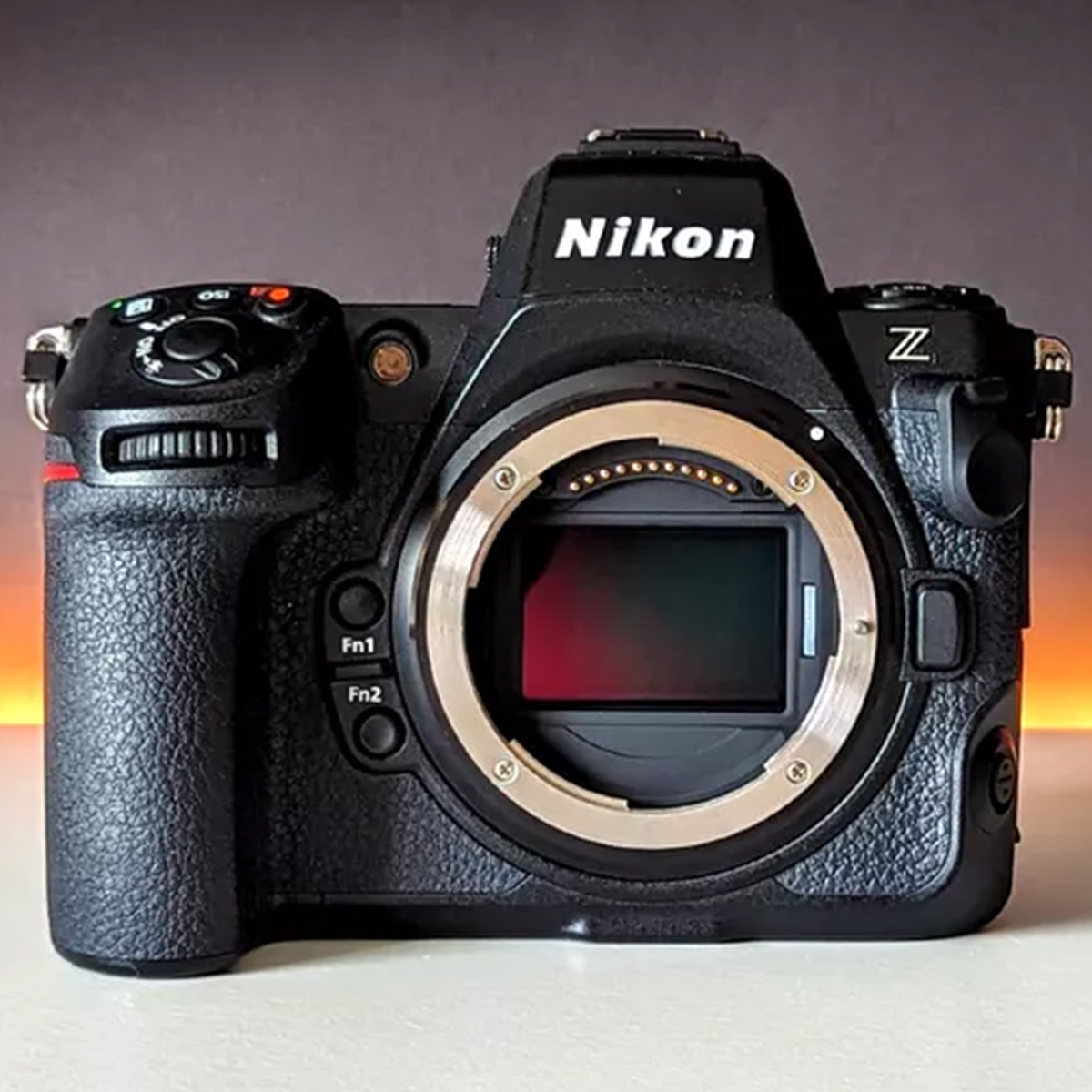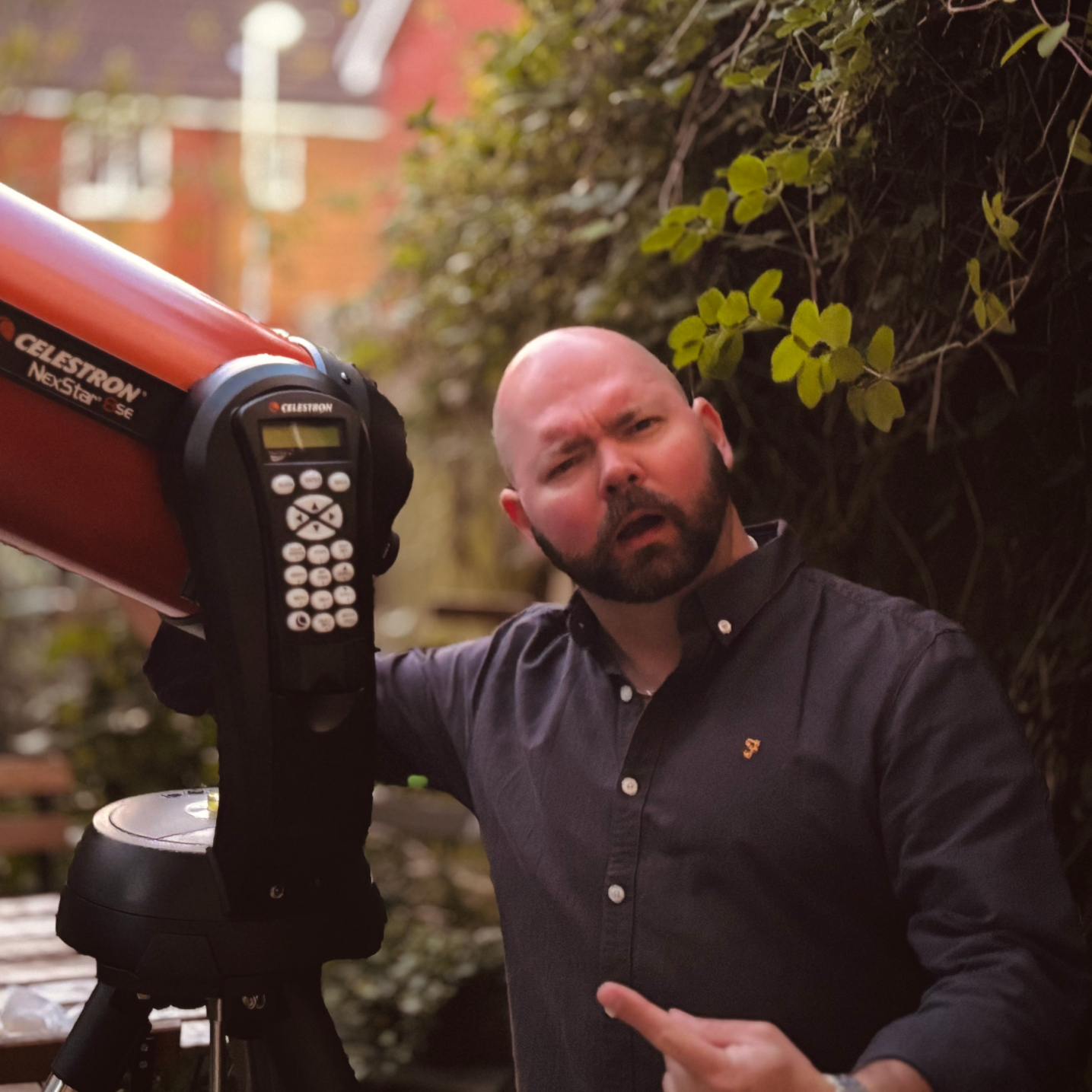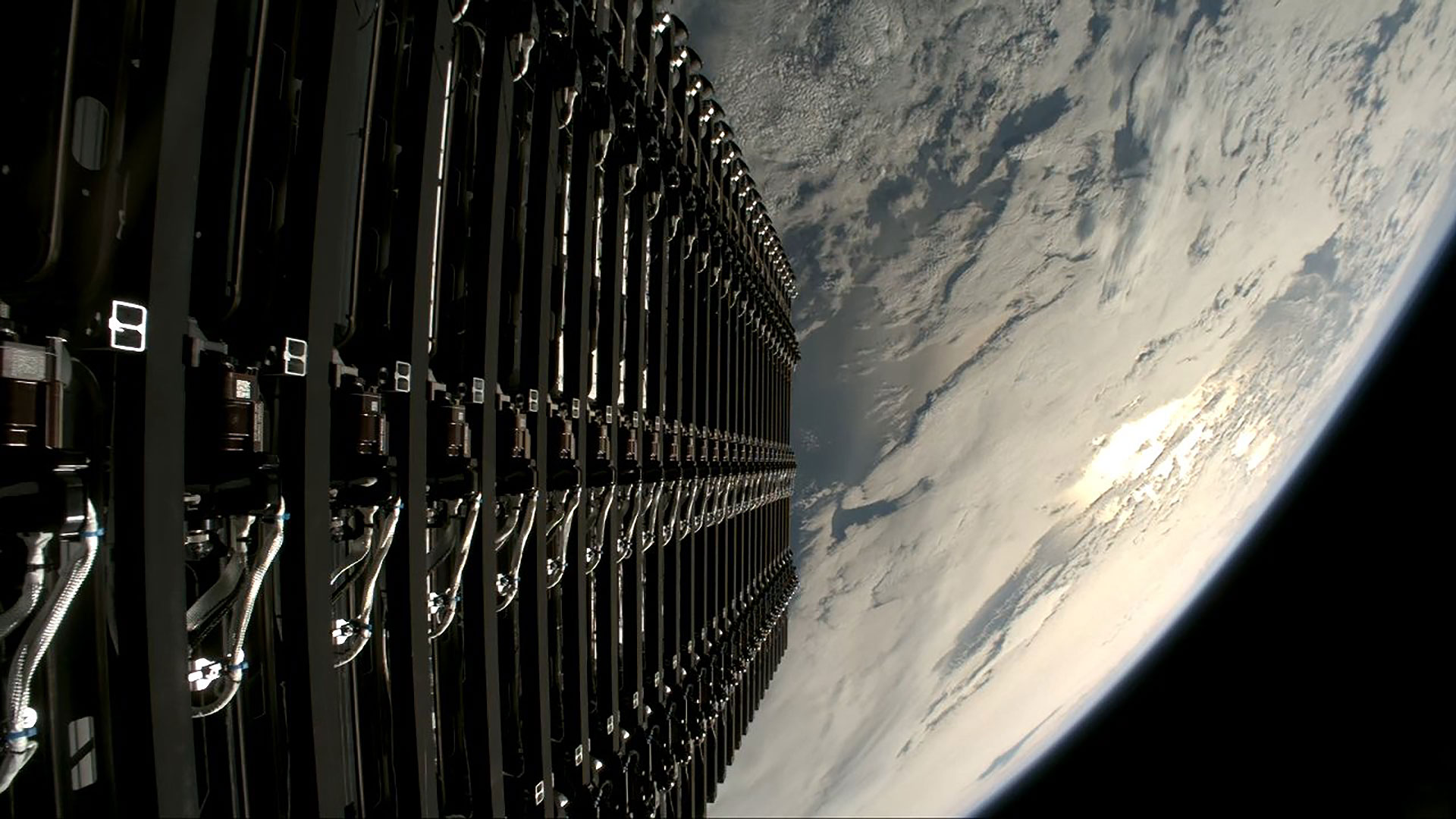The Delta Aurigid meteor shower 2025 peaks tonight in the light of a waning gibbous moon
The Delta Aurigids 2025 will make for a challenging skywatching event, here's why.

The little-known Delta Aurigid meteor shower peaks tonight, but you'll need luck on your side if you're to catch one of these swift shooting stars in mid-October's moon-drenched skies!
Delta Aurigid meteors appear each year as Earth careens through a debris trail left by an unknown comet. The shower is active between Oct. 10 to Oct. 18, coming to a peak at 6 a.m. EDT (1000 GMT) on Oct. 11, when up to two meteors could be seen brightening the sky each hour under ideal dark sky conditions, according to in-the-sky.org.
Meteors will appear to originate from a patch of sky located in the constellation Auriga, the Charioteer, close to the bright star Capella. This year, the Delta Aurigids will share the sky with a 66%-lit waning gibbous moon, which will rise alongside Auriga just a few hours after sunset and remain visible until dawn, making it challenging to spot fainter members of the shower.
When to look
Your best chance of spotting a Delta Aurigid meteor will come in the predawn hours of Oct. 11, when the radiant will be positioned high overhead. As always, be sure to wrap up warm, head away from city lights and allow 20-30 minutes for your eyes to become adjusted to the dark.
Finder tip

The Nikon Z8 excels in just about every department and we rate it as the best overall camera out there. Check out our Nikon Z8 review for a more in-depth look
Use a trusted smartphone astronomy app (e.g. Stellarium) to find Capella close to the moon, then scan a patch of sky 40 degrees away from the bright star. Here, the meteor trails will be at their longest. If you catch just one shooting star, you will have witnessed the end of a speck of matter that has been hurtling through space — in one form or another — since the creation of our solar system over 4 billion years ago!
The Delta Aurigids aren't the only meteor shower active on Oct. 11. The Southern Taurids and Orionids are also in play and there's always a chance that you could spot a sporadic meteor unrelated to any known shower briefly flare into the night sky.
Using the Delta Aurigids as a practice run for the Orionid meteor shower later in the month? Then be sure to check out our guide to photographing meteor showers, along with our roundups of the best cameras and lenses for astrophotography.
Breaking space news, the latest updates on rocket launches, skywatching events and more!
Editor's Note: If you would like to share your meteor photos with Space.com's readers, then please send your photo(s), comments, and your name and location to spacephotos@space.com.

Anthony Wood joined Space.com in April 2025 after contributing articles to outlets including IGN, New Atlas and Gizmodo. He has a passion for the night sky, science, Hideo Kojima, and human space exploration, and can’t wait for the day when astronauts once again set foot on the moon.
You must confirm your public display name before commenting
Please logout and then login again, you will then be prompted to enter your display name.
